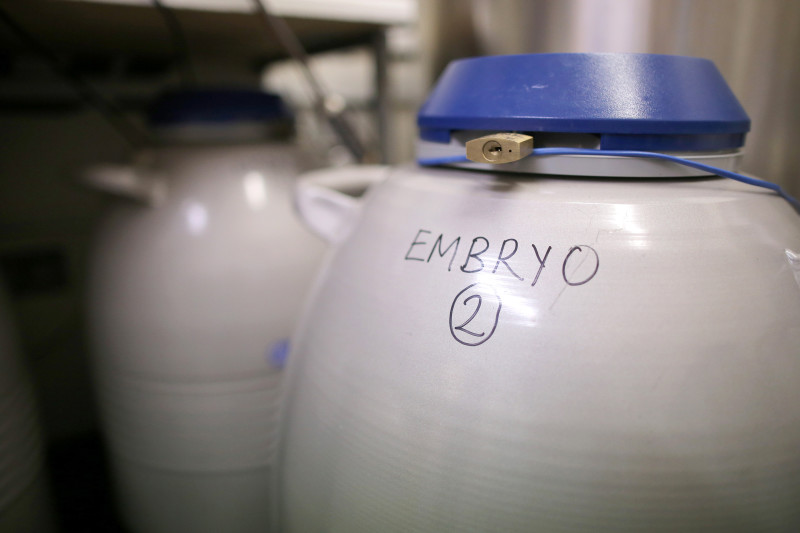David Magnus, director of the Center for Biomedical Ethics at Stanford University, said that Findley has a fairly strong claim that he should not be forced into parenthood against his will.
“For the most part, though not completely consistently," Magnus said, "courts have ruled that a potential party’s right not to be a parent has a slightly greater weight than somebody’s right to have a child."
But that's for the most part. "The landscape is incredibly scattered," Daar said. “There are a couple of recent cases that have facts very similar to this case where the woman who underwent cancer treatment was able to prevail and get control of the embryo as her last chance for genetic parenthood."
Cases like this one will help establish precedent and distinguish natural from assisted conception going forward, Daar added.
If the original contract seemed clear, why would a court not uphold it?
In testimony last week, the Los Angeles Times reported that Lee said she did not read the form carefully and thought of the form as an advance medical directive that could be changed later.
For these situations, Magnus said that all eventualities need to be thought through during the time of IVF. “Ethically, and hopefully legally, the best way to deal with this is in advance,” he said.
One caller to Forum asked if technology existed to separate egg from sperm so that Lee could keep the eggs and fertilize them with different sperm. While that is not possible, other technology may yet help couples avoid these cases going forward.
“Sperm has been effectively frozen and thawed for many decades, but only recently have we improved the technology for freezing eggs," Daar said.
The recommendation today, in most situations, is to freeze the egg and sperm separately, not the embryos, Daar said. Then if the couple separates later, the sperm is the property of the man and the eggs the property of the woman.
The case will be decided by a judge, who will issue a written decision in the coming weeks. Daar and Magnus disagreed about who will prevail.
Daar cited two cases, one in Illinois and one in Pennsylvania where the courts awarded the embryos to the woman.
“It may be in this case that that (Lee's) particular circumstances would balance the interest in her favor,” Daar said.
Magnus believes that the contract that was signed when the embryos were created is critical. Findley's right not to have a child will trump Lee's arguments. "I would be very surprised if she was allowed to have dispositional control over the embryos," he said.
